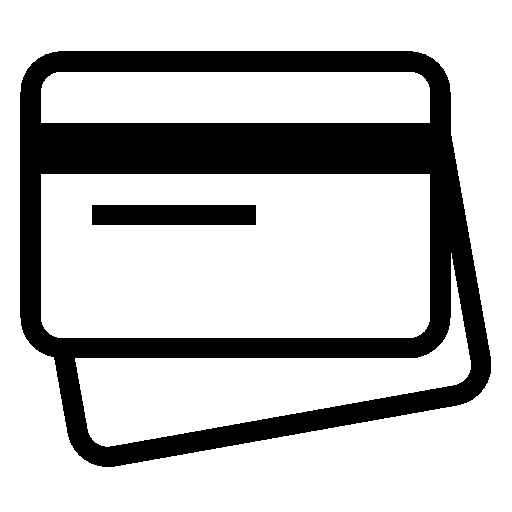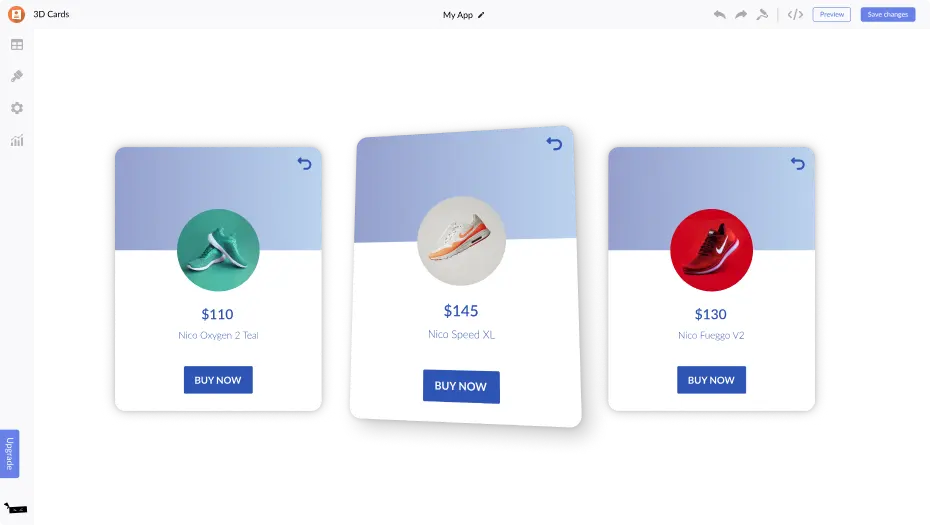3D Card Hover Squarespace is one of the most popular website-building platforms, providing users with an intuitive, drag-and-drop interface, stunning templates, and a variety of customization options. One of the features that many designers and business owners love about 3D Card Hover Squarespace is its ability to create eye-catching and interactive elements that can elevate a website’s design and user experience.
Among the various customization options available, one of the most striking is the ability to create 3D card hover effects. These effects add depth and movement to your website, making it feel more dynamic and engaging. The 3D card hover effect is perfect for showcasing products, portfolios, or services in a visually appealing way that invites users to interact with your content.
In this article, we’ll walk you through the process of creating a 3D card hover effect in Squarespace, offering tips on customization, code snippets, and design considerations.
What is a 3D Card Hover Effect?
A 3D card hover effect involves creating a visual transformation when a user hovers over a card (a rectangular block that typically contains an image, title, or text). The card will shift, rotate, or scale, giving the illusion of depth and a three-dimensional look. This effect is often combined with smooth animations and transitions that make the interaction feel fluid and natural.
For example, imagine you have a portfolio website with cards displaying various projects. When a user hovers over a card, it could slightly tilt in a way that mimics a 3D effect, offering a more engaging and modern user experience.
Why Use 3D Hover Effects?
- Enhanced User Experience: Interactive effects such as 3D hover animations are visually engaging and can make your site feel more polished and professional.
- Better Visual Appeal: 3D hover effects can help draw attention to certain elements on your website, making them more prominent and visually attractive.
- Brand Identity: By adding unique hover effects, you can give your website a distinctive look and feel that reflects your brand personality.
- Encourage Interaction: Interactive elements encourage users to explore and engage more deeply with your site. When users see something move or change in response to their actions, they are more likely to engage with your content.
Setting Up 3D Card Hover Effects on Squarespace
Squarespace allows for a wide range of customization through both built-in features and custom code. The steps below will guide you through the process of adding a 3D hover effect to your cards using custom CSS and JavaScript.
Step 1: Choose Your Template
Before diving into custom code, choose a Squarespace template that supports the kind of content layout you want. Most modern templates (such as Brine, Skye, or Bedford) allow for extensive customization, including custom code injection. Ensure that your layout includes blocks or cards that can be customized with CSS.
Step 2: Add a Code Block
Once you have selected a template and set up your basic page, it’s time to add a code block where the 3D hover effect will be applied. To do this:
- Go to the page where you want to apply the effect.
- In the Squarespace editor, click the + icon to add a new block.
- Select the Code Block option from the available blocks.
- Insert your content in HTML format. You’ll want to create a card structure, using div tags or list items, each containing an image, text, or link.
Step 3: Add Custom CSS
Now that you have your basic card structure set up, it’s time to add the custom CSS that will create the 3D hover effect.
- Go to Design in the Squarespace dashboard and select Custom CSS.
- Paste the following CSS code into the Custom CSS section. This will style the card, creating the 3D effect when hovered over.
This CSS code does several things:
- Positioning and Sizing: The
.cardclass ensures the card has a specific size, margin, and padding. Thebox-shadowgives the card a soft shadow for a more realistic look. - Transform on Hover: When the user hovers over the card, the
transformproperty applies a rotation along the X and Y axes, creating the 3D effect. Theperspectivevalue ensures that the 3D effect is applied in a way that looks realistic. - Smooth Transitions: The
transitionproperty makes the hover effect smooth and fluid, rather than abrupt.
Step 4: Test the Hover Effect
After adding the code, save the changes and preview your website. Hover over the cards to ensure the 3D effect works as intended. If necessary, adjust the CSS values to fine-tune the angle, rotation, or transition speed.
Step 5: Customize Further
While the basic 3D hover effect is now in place, there’s plenty of room for customization. Here are a few ideas for taking your 3D cards to the next level:
- Add Depth with Shadows: Use multiple shadow layers to add more depth to the card’s hover effect. For instance, changing the shadow color or distance can give the card a more pronounced 3D effect.
- Scale the Card: In addition to rotation, you can also scale the card slightly to make it appear as though it’s moving closer or farther away.
- Add Text Animations: You can animate the text or images inside the card to enhance the effect. For example, use
@keyframesto animate the text fading in or sliding when hovered.
Step 6: Final Adjustments
Once you’re happy with your 3D hover effect, make any final adjustments based on the overall aesthetic of your website. Ensure that the effect works well on both desktop and mobile devices. Some effects may require different styles for mobile to ensure that they’re responsive and don’t break the design.
Conclusion
Adding a 3D card hover effect to your Squarespace website is a fantastic way to improve the user experience and make your website stand out. By using custom CSS, you can create stunning interactive elements that invite visitors to engage with your content. Whether you’re showcasing products, portfolio items, or blog posts, this simple effect can elevate your site’s overall design and make a lasting impression on your audience.




